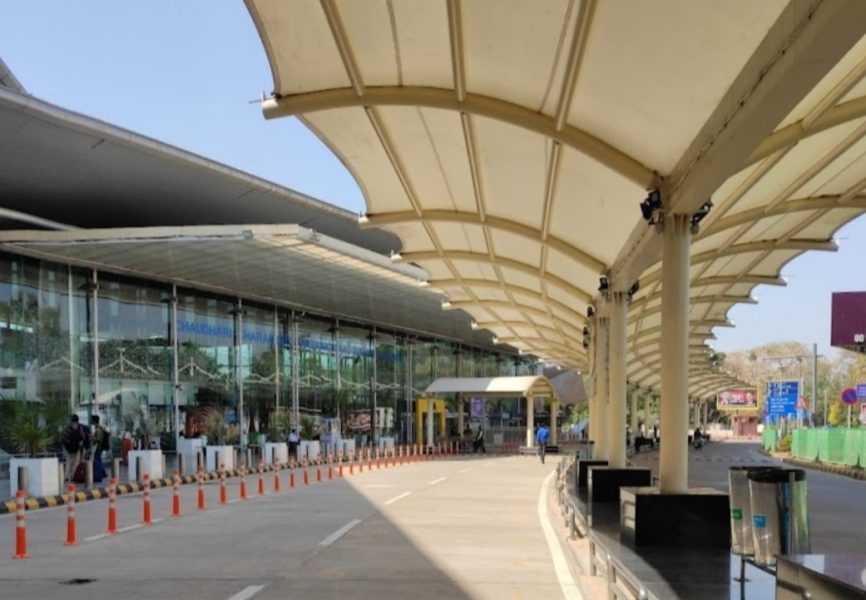
Up to Rs 2.5k extra on air tickets from Lucknow: Adani moots mega hike

The government’s decision to hand over the operation and management of key airports to private parties could mean increased burden on passengers, as well as airlines.
Take the case of the Lucknow International Airport. In 2020, the Adani Group bagged the contract from the Airports Authority of India (AAI) to operate and manage this airport (earlier with the AAI) for 50 years. Now, the operator (Adani Lucknow Airport International Ltd or ALAIL) has proposed an exponential increase in passenger and aeronautical tariffs from April 1, as it seeks to undertake a mega expansion of the terminal capacity and various other facilities. The increased charges are expected to help fund the capex.
The ALAIL proposal has mooted an incremental and annual increase in charges till FY26. But a body representing India’s top scheduled airlines, as well as the International Air Transport Association (IATA), have made strong representations against the proposed hikes to the Airports Economic Regulatory Authority (AERA), which has to decide on the matter.
528% proposed increase in two years
Due to COVID-19, the tariff determination, which AERA usually does for a five-year period, could not begin in 2021. So, the control period has now been reduced to three years, till April 2026.
Also read: Sky wars: How Akasa plans to take on Air India-IndiGo duopoly
In any case, till March 31 this year, the user development fee (UDF) payable by every departing domestic passenger from the Lucknow International Airport was a mere Rs 163. The Adanis’ proposal is to increase it to Rs 930 from Saturday (April 1). And to Rs 977 next year and, further, to Rs 1025, by April 2025. So, in two years, the proposed increase is a whopping 528%. In the case of international passengers, the current levy of Rs 475 per departure is proposed to be increased to Rs 2,500 by Saturday and then to Rs 2,625 and Rs 2,756 by April 2024.
Mark Martin, CEO of Martin Consulting, pointed out that the entire quantum of the increase in UDF will be passed on by the airlines to the passengers in the form of increased fares. And calculations by ixigo show that the average 15-day advance purchase price for Lucknow-Mumbai, which is currently Rs 4,393 one way, could go up to Rs 5,226 (if AERA were to approve the hike sought for April 2023). The average 15-day advance purchase price for Lucknow-Chennai may rise from Rs 4,839 to Rs 5,672; the average 15-day advance purchase price for Lucknow-Dubai leg (non-stop, one way) could rise from an average of Rs 16,732 to Rs 18,927.
On its part, the ALAIL has said it will spend Rs 3,659 crore in capital expenditure at the airport, which is essential given passenger and cargo growth projections. The proposed works at the airport include the construction of a new terminal building (for around Rs 2,000 crore) and a host of facilities associated with a new terminal, including a new baggage handling system; runway, etc. (nearly Rs 400 crore), an interim cargo complex, a new fire station, and even installation of artworks at the new terminal building. The total proposed expenditure is Rs 3,659 crore between FY22 and FY26. AERA is expected to submit its decision in a few days.
Also read: Air India aircraft deal: Easy part done, task is to boost service, manage fleet
FIA wants no hike; IATA wants hikes rationalised
Meanwhile, in a stakeholder consultation on the matter, representatives of airlines and others have protested against such a steep increase in charges and, instead, suggested that some of the proposed expansion plans be deferred by a few years. The Federation of Indian Airlines (FIA), which represents IndiGo, SpiceJet, GoFirst, and Air India, has pointed out that Indian carriers are widely expected to post a combined loss of up to $1.7 billion in the financial year ending March 31, 2023, and a similar quantum of loss is projected for the next fiscal. Recovery in international traffic would take another year, and any increase in the cost of travel would adversely affect air traffic numbers.
FIA has thus asked AERA to defer any increase whatsoever in aeronautical charges (levies airlines pay for landing and parking aircraft, etc., where ALAIL has also proposed a steep hike). The FIA calculations show that aeronautical charges for small aircraft are proposed to be increased by about five times by the ALAIL. Also, the FIA has pointed out that shrinkage of the control period (the five years AERA considers for tariff approval) due to COVID-19 is no reason for the operator to burden airlines and passengers with steep hikes in tariffs.
The IATA has urged the regulator to not allow the entire steep increase sought by the Adanis in levies on airlines as well as passengers, while also pointing out that “the significantly high quotes of the AO (airport operator) for artworks and landscaping” should not be allowed. It has also said that recovery of some of the capex proposed by the Adanis should be done beyond FY2026.
Also read: Chaos at airports: A result of meaningless metrics and force-fit solutions
The Association of Private Aircraft Operators, however, has supported the airport operator in urging AERA to not defer the ARR to the next control period, not cap the repairs and maintenance expenditure, and accept the operator’s contention on the higher cost of debt.
Traffic growth
The Adanis have projected a 44% year-on-year increase in passenger traffic (domestic plus international) in FY23 at 49.4 lakh, going up to 89.83 lakh in FY26. In contrast, the existing passenger capacity of the airport is about 43 lakh per annum. The two terminals currently operational at the airport are already operating at peak capacity, necessitating a new terminal building as traffic growth materialises.

